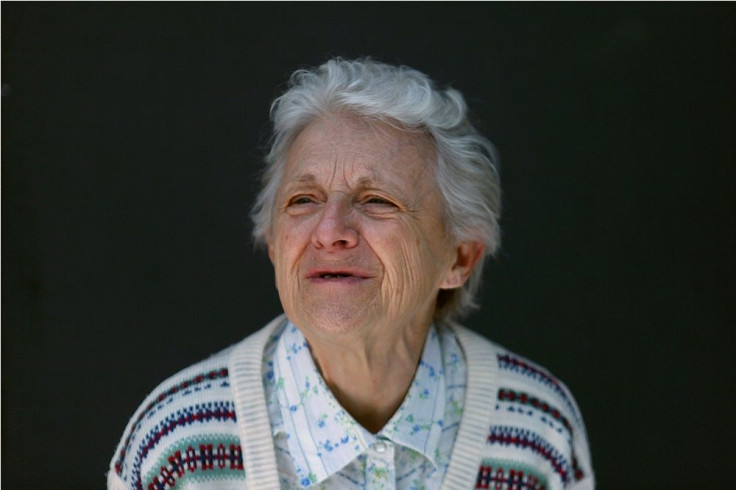Australians in residential aged care facilities have higher rates of dementia

A new analysis shows that more than 50 percent of all people in permanent residential aged care facilities were diagnosed with dementia, more than those who received care in their homes. The Australian Institute of Health and Welfare, or AIHW, advised that those people in permanent residential aged care should receive higher medical care due to higher rates of dementia than the estimated prevalence rates for their age.
The report, released on Sept 4, explains that in the general population, about three percent of people aged between 65 and 74 are only thought to be diagnosed with dementia, but the analysis shows that about half of people in permanent residential aged care in the same age group had the mental disorder. In 2014, nearly 174,000 people were brought in permanent residential aged care.
For the analysis, the AIHW collects the data from the two streams of aged care services. The residential aged care, where people live in an aged care facility, either on a permanent or temporary basis, and the Home Care Packages Programme, which is the alternative to residential aged care that the services are designed to support people to live independently in the community for as long as possible.
Since 2014, there were already 263,788 government-funded aged care places in Australia. The analysis shows that 7.8 percent of the whole Australian population, 65 years old and above, came in residential aged care in 2013 to 2014, while 2.5 percent were receiving packages in their home.
The AIHW said that a high level of care is needed for people both in Residential aged care and Home Care. But, AIHW spokesperson Justine Boland suggests that “people in residential aged care generally had high care needs.”
The government has already funded nearly 190,000 residential aged care places and 66,149 Home Care Packages Programme. About 77 percent of people receiving the services were 80 years or older, and the average age was 84.5.
However, in recent years, the number of residential aged care facilities has declined, while the overall number of places has increased. Between June 2007 and 2014, the number of residential aged care facilities decreased by 6 percent, while the number of places have increased by 13 percent.
Contact the writer at feedback@ibtimes.com.au or tell us what you think below





















